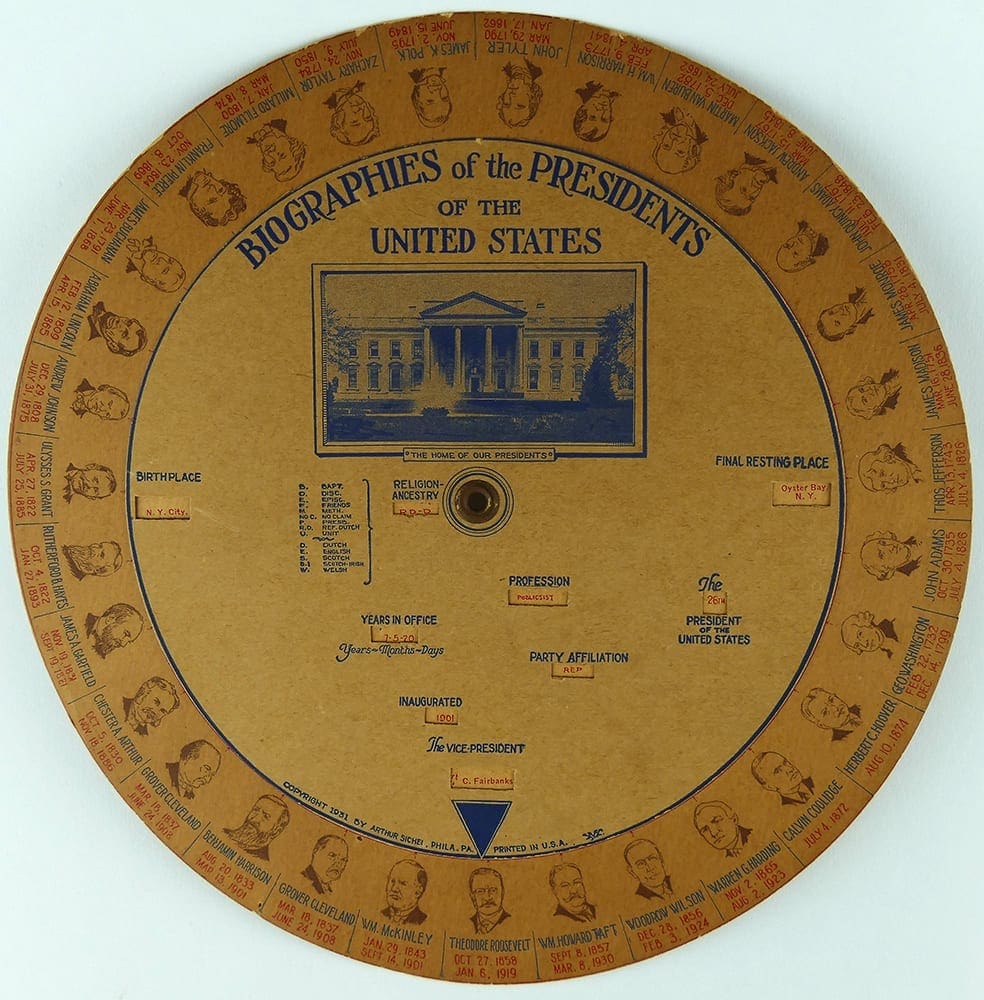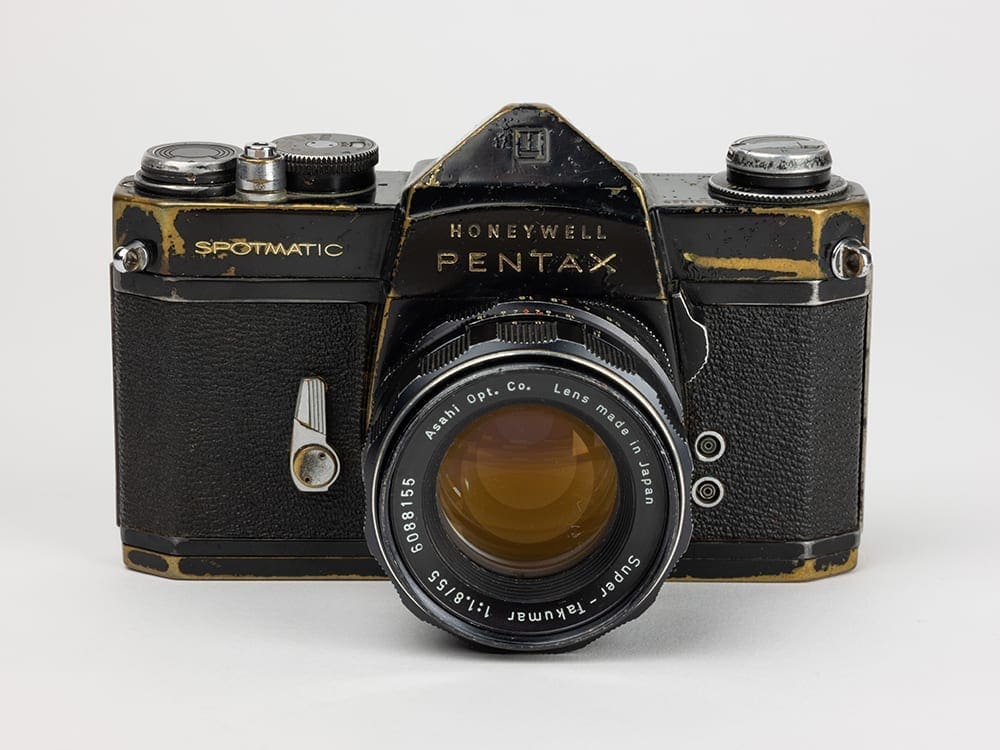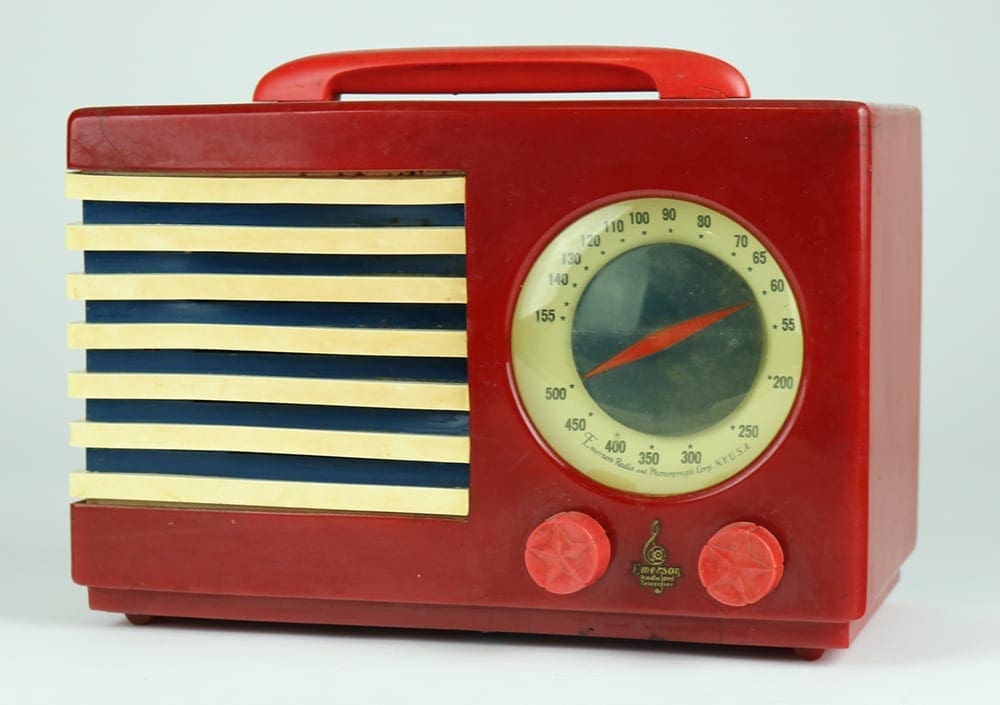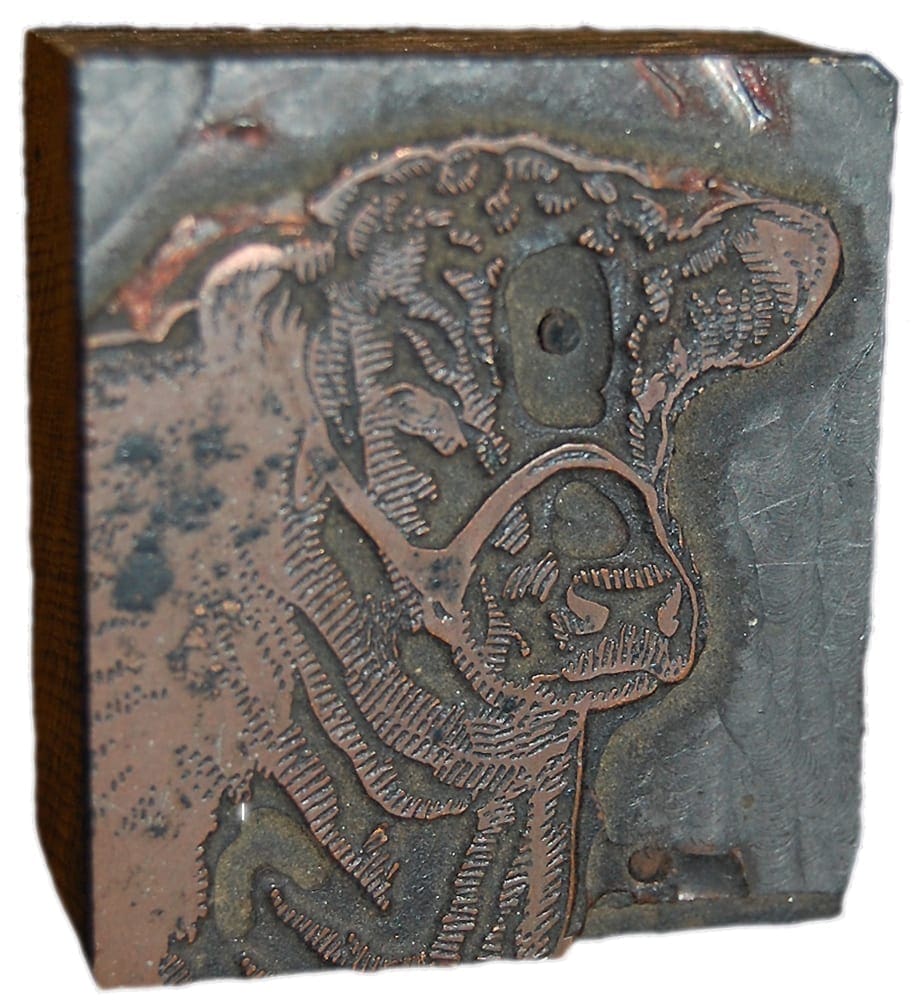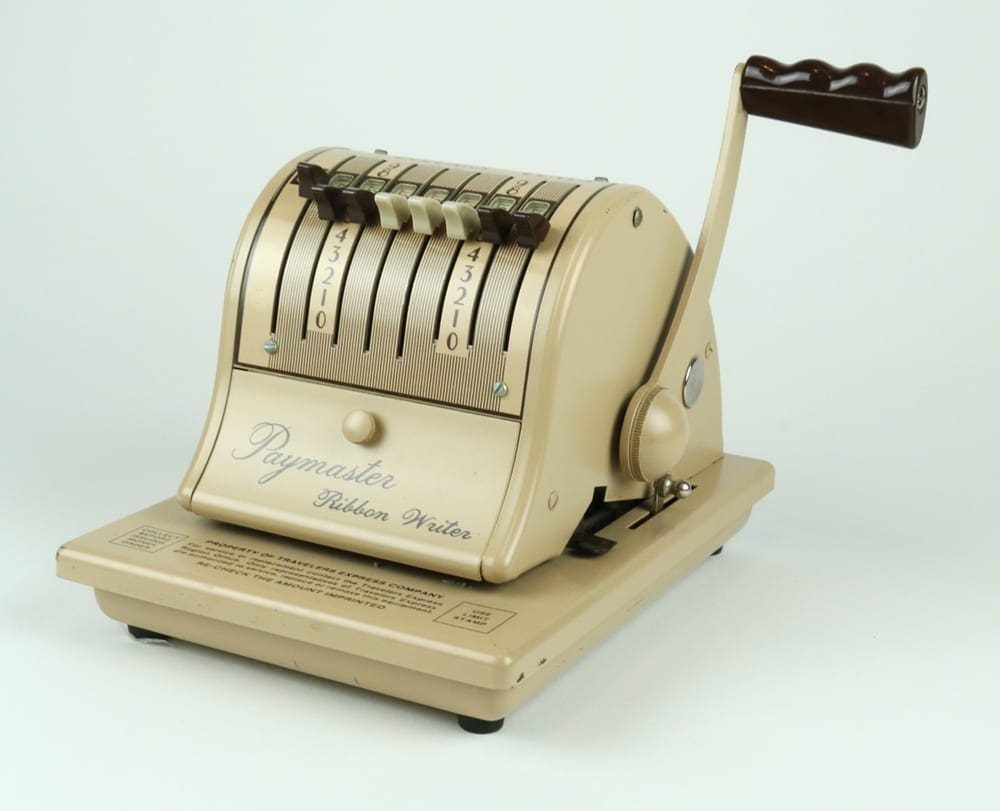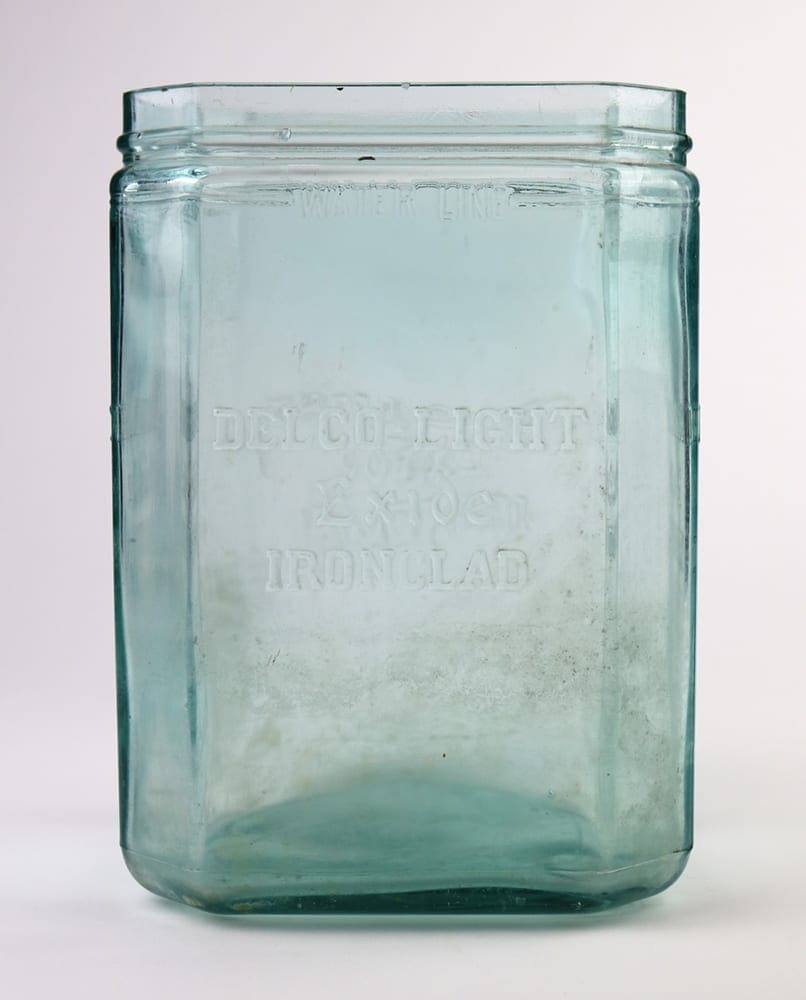“U.S. Presidents” Volvelle
As Emily Marinker of the New York Academy of Medicine writes, “[A volvelle is] a (brilliantly) simple paper construction of moving parts; layers of rotating discs with information on them.”
This “Biographies of U.S. Presidents” volvelle was produced by Arthur Sichel of Philadelphia, Pennsylvania, and has a copyright date of 1931. Information for each president includes birthplace, religion, ancestry, years in office, inauguration year, the order in which he served, party affiliation, profession before becoming president, final resting place, and the vice president who served with him. The religions listed on the volvelle include Baptist, Disciples of Christ, Episcopal, Society of Friends (Quaker), Methodist, No Claim, Presbyterian, Reformed Dutch, and Unitarian. Five ancestries are listed: Dutch, English, Scotch, Scotch-Irish, and Welsh. Below each president’s image is his name, birth date, and death date.
A German immigrant, Arthur Sichel (1887–1955) arrived in America in 1903, settled in Pennsylvania, became a naturalized citizen of the U.S. in 1927, and married Kamma Riegelsen from Denmark in 1932. In the 1930 census, Arthur Sichel listed his occupation as “advertising salesman.”
The volvelle was found by the donor when he bought the former home of the John A. and Margaret Long Phillips family of Huntsville (Madison County). John Phillips served as Madison County’s sheriff from 1926 until he was shot and killed by 80-year-old county resident Jason Matlock on December 22, 1930. Sheriff Phillips less than ten days left in office; Arkansas Governor Henry Parnell appointed Margaret Phillips to finish out her husband’s term. According to the Madison County Record (December 30, 1930), as she “assisted [Sheriff Phillips] all the time with the clerical duties of the office and is better qualified than anyone else to wind up the affairs in the office. She will appoint deputies to look after any work outside needing attention.”
Donated by Bill Stamper
As Emily Marinker of the New York Academy of Medicine writes, “[A volvelle is] a (brilliantly) simple paper construction of moving parts; layers of rotating discs with information on them.”
This “Biographies of U.S. Presidents” volvelle was produced by Arthur Sichel of Philadelphia, Pennsylvania, and has a copyright date of 1931. Information for each president includes birthplace, religion, ancestry, years in office, inauguration year, the order in which he served, party affiliation, profession before becoming president, final resting place, and the vice president who served with him. The religions listed on the volvelle include Baptist, Disciples of Christ, Episcopal, Society of Friends (Quaker), Methodist, No Claim, Presbyterian, Reformed Dutch, and Unitarian. Five ancestries are listed: Dutch, English, Scotch, Scotch-Irish, and Welsh. Below each president’s image is his name, birth date, and death date.
A German immigrant, Arthur Sichel (1887–1955) arrived in America in 1903, settled in Pennsylvania, became a naturalized citizen of the U.S. in 1927, and married Kamma Riegelsen from Denmark in 1932. In the 1930 census, Arthur Sichel listed his occupation as “advertising salesman.”
The volvelle was found by the donor when he bought the former home of the John A. and Margaret Long Phillips family of Huntsville (Madison County). John Phillips served as Madison County’s sheriff from 1926 until he was shot and killed by 80-year-old county resident Jason Matlock on December 22, 1930. Sheriff Phillips less than ten days left in office; Arkansas Governor Henry Parnell appointed Margaret Phillips to finish out her husband’s term. According to the Madison County Record (December 30, 1930), as she “assisted [Sheriff Phillips] all the time with the clerical duties of the office and is better qualified than anyone else to wind up the affairs in the office. She will appoint deputies to look after any work outside needing attention.”

